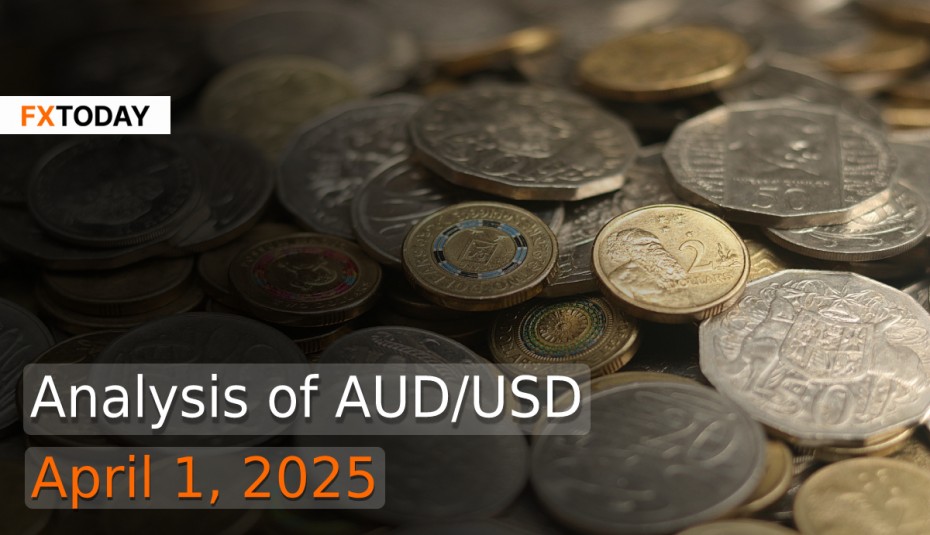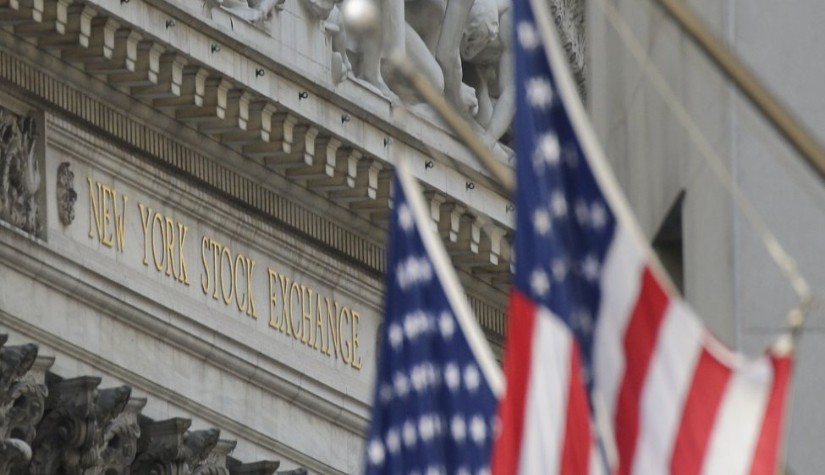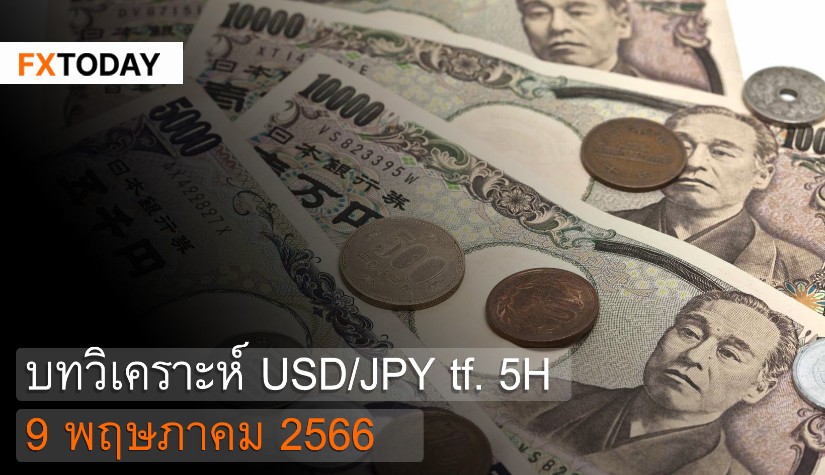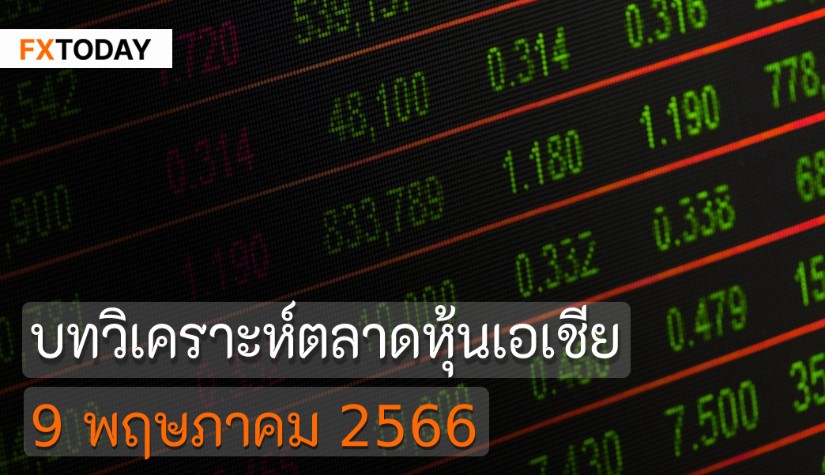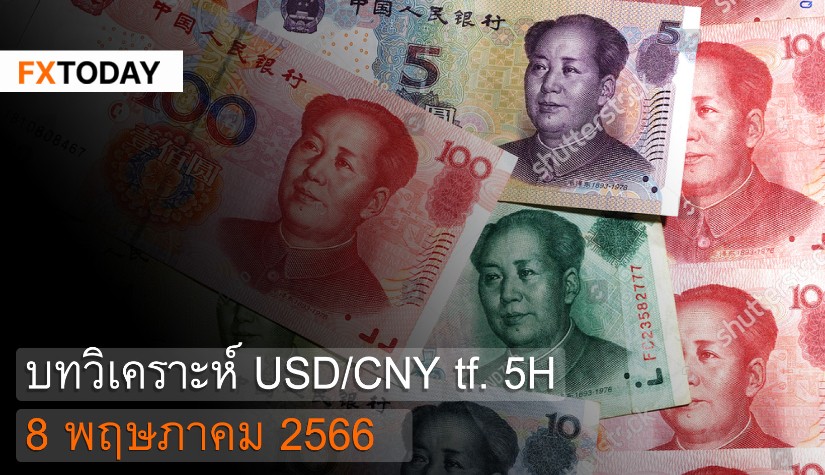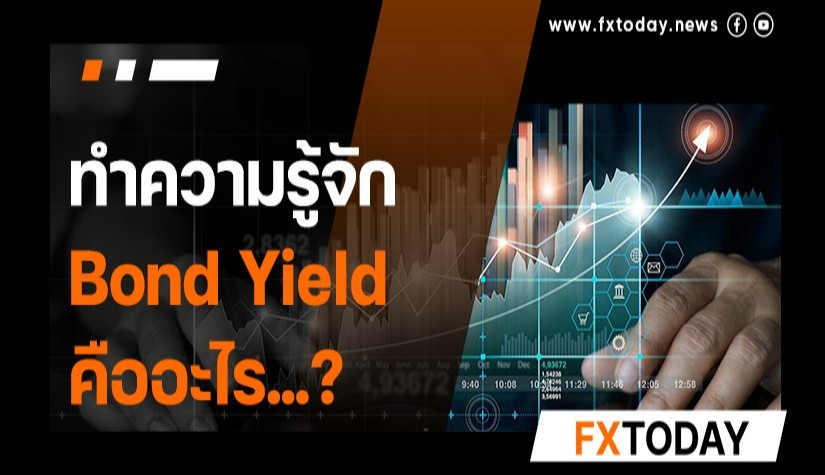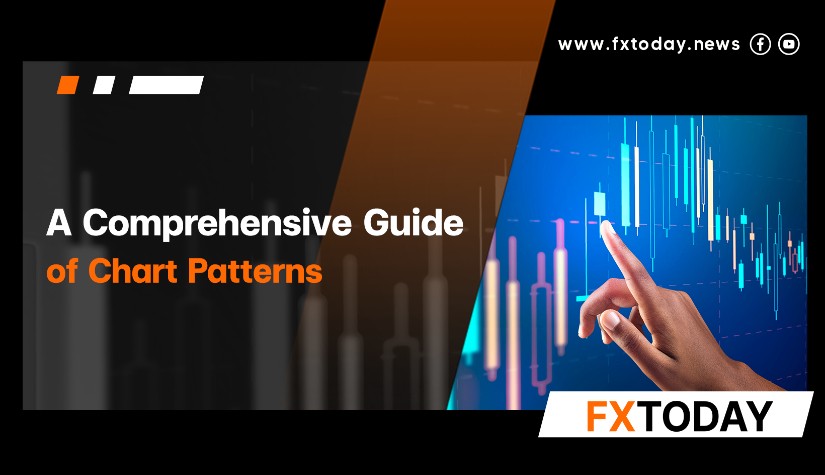RBA Holds Rates Steady, Economic Uncertainty Pressures Aussie Dollar
The Reserve Bank of Australia (RBA) kept interest rates unchanged at 4.1% in its April policy meeting, aligning with expectations and reiterating a cautious, data-driven approach to further monetary easing. The central bank acknowledged progress in lowering inflation, but expressed concerns about economic uncertainties, including U.S. trade tariffs, geopolitical risks, and potential inflation rebounds. Despite this, it emphasized that returning inflation sustainably to its 2-3% target range remains its top priority.
Following the decision, the Australian dollar initially rose but later stabilized after touching a four-week low earlier in the week. The currency gained 1% in Q1, and analysts expect the next rate cut in May after the federal elections, although the RBA’s easing cycle is expected to be shallow due to persistent inflationary pressures and a strong labor market. The central bank avoided committing to additional rate cuts, stating that future decisions will depend on incoming economic data.
Recent data reinforced expectations for further monetary easing. February's consumer price index (CPI) inflation grew at 2.4%, slightly below the expected 2.5%, with core inflation declining to 2.7% from 2.8%. Retail sales rose modestly by 0.2% in February, driven by food-related spending, though consumer sentiment remained cautious. Housing prices hit a record high in March, but concerns over affordability persist.
Australia’s government announced additional borrowing of A$100 billion ($63 billion) to fund cost-of-living relief measures, contributing to a projected fiscal deficit of A$27.6 billion ($17.4 billion) for the 2024/25 fiscal year. Meanwhile, mining and energy export earnings are expected to decline by 6% due to weaker global demand and lower commodity prices, with iron ore exports to China showing a sharp decline.
In the U.S., the dollar index fell by 0.1% in Asian trade, staying within a narrow range ahead of Trump’s tariff announcement on April 2. The tariffs, targeting countries with large trade surpluses, could exacerbate global trade tensions, particularly with China, Europe, Canada, and Mexico, which have warned of retaliatory actions. This uncertainty, combined with fears of a potential U.S. recession, has pressured the dollar.
As investors await further details on the tariffs, speeches from Federal Reserve officials, including Jerome Powell and John Williams, have added to the uncertainty. Fed officials expressed concerns about the inflationary impact of tariffs and their potential effects on the job market. Goldman Sachs raised its recession probability to 35%, citing declining business and consumer confidence, while the Fed’s outlook remains cautious. The IMF’s Kristalina Georgieva echoed this sentiment, indicating that while inflation is expected to slow, the pace will be slower this year.
As a result, at the current level, the Australian dollar may face key resistance near 0.6300, which aligns with the recent recovery from a four-week low. If the currency struggles to break above this level, it could indicate continued consolidation or downside pressure, with the next support level at 0.6200 providing a buffer. Should U.S. trade uncertainties or inflationary pressures intensify, these factors could limit the Aussie’s upside potential and keep it within the current support and resistance boundaries.
Data for Technical Analysis (1H) CFD AUD/USD
Resistance : 0.6265, 0.6268, 0.6274
Support : 0.6253, 0.6250, 0.6244
1H Outlook
Source: TradingView
Buy/Long 1 If the support at the price range 0.6245 - 0.6253 is touched, but the support at 0.6253 cannot be broken, the TP may be set around 0.6265 and the SL around 0.6241, or up to the risk appetite.
Buy/Long 2 If the resistance can be broken at the price range of 0.6265 - 0.6273, TP may be set around 0.6288 and SL around 0.6249, or up to the risk appetite.
Sell/Short 1 If the resistance at the price range 0.6265 - 0.6273 is touched, but the resistance at 0.6265 cannot be broken, the TP may be set around 0.6249 and the SL around 0.6277, or up to the risk appetite.
Sell/Short 2 If the support can be broken at the price range of 0.6245 - 0.6253, TP may be set around 0.6235 and SL around 0.6269, or up to the risk appetite.
Pivot Points Apr 1, 2025 02:37AM GMT
|
Name
|
S3
|
S2
|
S1
|
Pivot Points
|
R1
|
R2
|
R3
|
|---|---|---|---|---|---|---|---|
| Classic | 0.6234 | 0.6244 | 0.6249 | 0.6259 | 0.6264 | 0.6274 | 0.6279 |
| Fibonacci | 0.6244 | 0.625 | 0.6253 | 0.6259 | 0.6265 | 0.6268 | 0.6274 |
| Camarilla | 0.625 | 0.6251 | 0.6253 | 0.6259 | 0.6255 | 0.6257 | 0.6258 |
| Woodie's | 0.6232 | 0.6243 | 0.6247 | 0.6258 | 0.6262 | 0.6273 | 0.6277 |
| DeMark's | - | - | 0.6246 | 0.6258 | 0.6261 | - | - |
Sources: Investing 1, Investing 2

